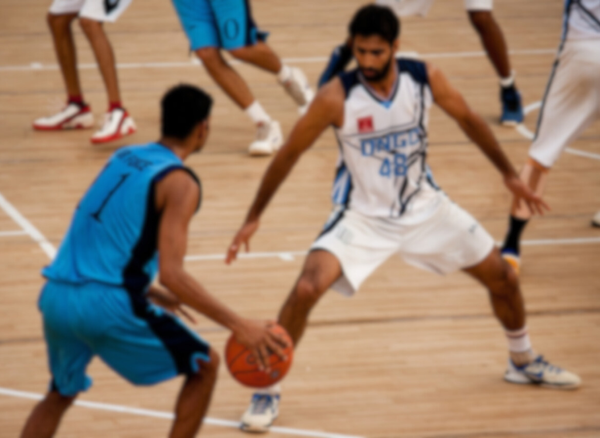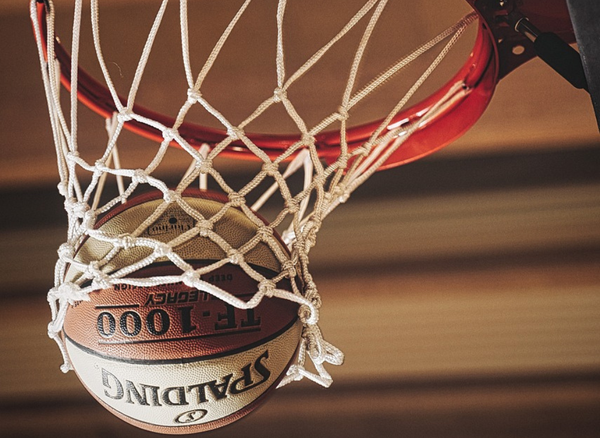Basketball is a game of strategy, skill, and sometimes, sheer will. Among the various offensive strategies, the motion offense stands out as a dynamic and adaptable approach that can elevate a team's performance. This article will delve into the intricacies of what a motion offense in basketball truly entails, how it can be a game-changer, and why it's a favorite among coaches at all levels..
What is a motion offense in basketball?
A motion offense in basketball is a strategy that focuses on constant player movement and passing to create open shots. It requires players to read and react to the defense, rather than relying on set plays. This style of offense is effective for teams with skilled passers and shooters.
The Role of the Basketball Coach
A basketball coach's role in a motion offense is to instill the principles of the system and empower players to make smart decisions on the court. Coaches must teach players how to read the defense, maintain good spacing, and use quick passes to exploit weaknesses. The coach's guidance is crucial in helping players understand the timing and execution of moves within the motion offense framework.
The Importance of Spacing and Movement
Maintaining good spacing is a cornerstone of any great offense, and it's particularly vital in a motion offense.
Constant movement, on the other hand, keeps the defense guessing and creates mismatches that can be exploited for easy baskets.
Player Roles in Motion Offense
In a basketball motion offense, every offensive player has a role, but these roles are fluid. The point guard may initiate the offense, but the ball handler could be any player who is in a position to drive the play forward. Post players and wing players must be adept at setting screens, cutting, and making kick out passes to create scoring opportunities for themselves and their teammates.
Adapting to the Opponent's Defense
Whether facing a man-to-man or a zone defense, a well-executed motion offense can find gaps and create mismatches. Players learn to read the defense and make decisions that exploit the opponent's weaknesses, whether that's through on-ball screens, V-cuts, or backdoor cuts.
The Continuity Offense
The continuity offense is a type of motion offense that involves a repetitive sequence of movements and actions. This structure provides a framework for less experienced players to operate within, while still maintaining the principles of a motion offense. High school teams and youth basketball programs often use continuity offenses to teach the fundamentals of player movement and spacing.
The Dribble Drive Motion Offense
The dribble drive motion offense is a modern take on the traditional motion offense. It emphasizes the use of dribble penetration to collapse the defense and create open shots or driving lanes for other teammates. This offense is particularly effective when you have strong ball handlers and players who can make quick decisions after drawing the defense in.
Setting Effective Screens
Screens are a pivotal part of any motion offense. They create scoring options by freeing up a player for a jump shot or a driving lane to the basket. Setting screens can be as simple as a down screen for a shooter or as complex as a pick and roll involving two offensive players. The effectiveness of these screens often dictates the success of the offense.
The Art of Cutting and Passing
Cutting and passing are the lifeblood of a motion offense. After passing the ball, a player should immediately cut to the basket or set a screen for another player. This constant movement forces the defense to make quick decisions, often leading to mistakes. Quick hitters, involving three perimeter players and two posts, can be particularly effective in creating easy baskets.
Utilizing the Three-Point Line
The three-point line has changed the game of basketball, and motion offenses have adapted to take advantage of this scoring opportunity. By stretching the defense to guard the perimeter, motion offenses open up the floor for cuts and drives. Players positioned beyond the three-point line must be ready to take the open shot or drive if the defense closes out too aggressively.
The Delay Offense
The delay offense is a strategic use of the motion offense to control the tempo of the game. When protecting a lead, teams may use a delay offense to run down the clock while still looking for high-percentage scoring opportunities. This strategy requires disciplined player movement and smart decision-making to be effective.
Developing Skills for Motion Offense
For a motion offense to be successful, players must have a well-rounded set of skills. This includes shooting, passing, dribbling, and the ability to read the defense. Most coaches will spend significant practice time developing these skills, as they are essential for the smooth operation of a motion offense.
Motion Offense for Youth Teams
Youth basketball teams can greatly benefit from running a motion offense. It teaches young players the importance of teamwork, player movement, and good decision-making. By learning motion rules early on, players develop a basketball IQ that will serve them well as they progress to higher levels of play.
The Impact on Opponent's Fast Break
A well-executed motion offense can also have a defensive benefit. By maintaining possession and taking smart shots, the offensive team reduces the chances of the opponent's fast break. This control of the game's pace can be crucial in close matches where every possession counts.
The Low Post in Motion Offense
The low post is an important area in a motion offense. Post players must be able to operate effectively from the low post, either by scoring, passing out to open shooters, or setting screens for cutters. The ability to maintain good spacing while utilizing the low post is a skill that can take a motion offense to the next level.
FAQs
Can a motion offense work against a zone defense?
Yes, a motion offense can be effective against a zone defense. It requires players to make quick passes, utilize skip passes to stretch the defense, and find gaps for penetration or open shots.
Is the motion offense suitable for teams with low skill levels?
The motion offense can be adapted to suit teams with varying skill levels. For less experienced teams, a continuity offense provides a structured approach to learning the principles of motion, while still allowing for player movement and spacing.
How do players know when to cut or pass in a motion offense?
Players learn to read the defense and communicate with their teammates. They must understand the principles of the offense and react to the defense's positioning and movement. Coaches will often teach specific motion rules to guide players in making these decisions.
Summary
The motion offense in basketball is a dynamic and adaptable strategy that emphasizes constant movement, player autonomy, and intelligent spacing. It allows for a free-flowing game where players make real-time decisions to create scoring opportunities. Coaches play a pivotal role in teaching the principles of the motion offense, and players must have a well-rounded skill set to execute it effectively. From youth teams to professional leagues, a motion offense can lead to a more cohesive and successful basketball team.









